What is HDPE Geomembrane---HDPE Geomembrane Application & Specifications
This article mainly introduces HDPE from eight aspects, namely: what is HDPE geomembrane, HDPE geomembrane specifications, HDPE geomembrane thickness, HDPE geomembrane weight, HDPE geomembrane hs code, HDPE geomembrane application, HDPE geomembrane installation, HDPE geomembrane warranty. Hope it is of help to you.
What is HDPE Geomembrane?
Geomembranes are flexible sheet materials typically used as barriers to the passage of gases, liquids, or solids that combine long-term durability with strength, flexibility, and chemical resistance providing an impermeable barrier for a wide variety of applications.
HDPE geomembrane is made from high grade polyethylene raw material,adding carbon black,antioxidant,anti-aging and UV resistance component. It adopted the first class automatic production equipment and three-layer pressing technology.All products are in accordance with GB/GRI/ASTM standard.

HDPE geomembrane specifications shows in the following hdpe geomembrane data sheet:
Thickness | 4.7mil--158mil / 0.1-4mm |
Length | 50m/roll,100m/roll,150m/roll or as your choice |
Width | 5.0m-7.0m or as your choice |
Color | White/Black/Blue/Green,mainly black |
Material | HDPE,LDPE |
Delivery port | Qingdao |
Package: | woven bag or as customers' requests |
Product time | 2-20 days |
Features | 1.Good physical and mechanic performance |
2.High tearing resistance, strong deformation adaptability | |
3.Puncture-resisting, aging resisting, ultra-violet radiation, oil and salt, and corrosion resistance | |
4.Good adaptability to high and low temperature, non-toxicity, long service life | |
5.Good waterproof, drainage, anti-seepage and damp proof effects | |
6.Complete width and thickness specifications, low cost and easy installation. |
HDPE geomembrane thickness:
0.3mm, 0.4mm,0.5mm,0.75mm,1.0mm,1.25mm,1.5mm,2.0mm,2.5mm,3.0mm
What is thickness of geomembrane?
4.7-158 mil (usually 20mils,30mils,40mils,60mils,80mils HDPE geomembrane)
OR 300 microns,500 microns,1000 microns HDPE liner.
HDPE geomembrane weight:
About hdpe geomembrane weight per roll, due to the different roll width and length, please consult us for detailed information.
HDPE geomembrane sheet roll customs hs code: 392010
For which function geomembrane is mainly used?
Geomembranes are giant impermeable membranes made of (un)reinforced polymeric materials and used to stabilize earth and to secure landfills ensuring containment of hazardous or municipal wastes and their leachates.
HDPE geomembrane application:
1.Domestic and Hazardous Waste landfills
2. Landfill closures
3. Heap leach mining and tailing dams
4. Biogas Management
5. Floating Covers
6. Waste water treatment reservoirs
7. Water conveyance channels and reservoirs
8. Temporary tanks
9. Industrial sludge storage and drying ponds
10. Secondary containment
11. Architectural ponds and lakes
12. Brine evaporation ponds
13. Aquaculture ponds with 80mil geomembrane
14. Food and water grade reservoirs and tanks
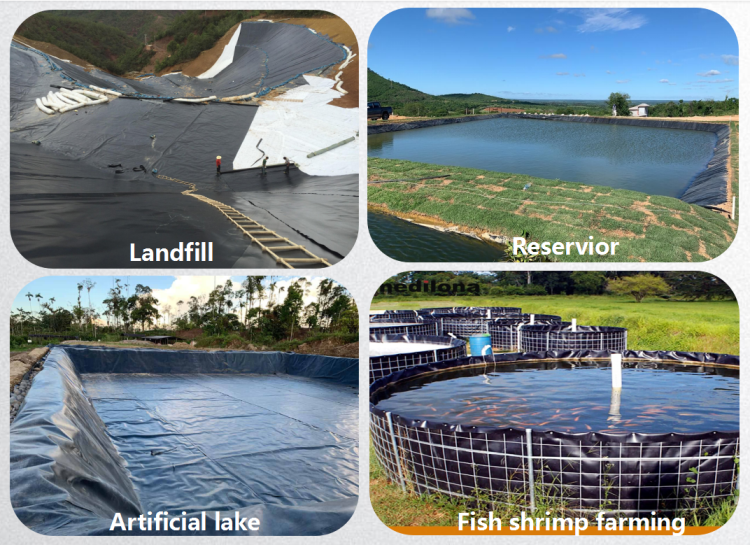
Where is geomembrane used?
Geomembranes are being used in environmental, hydraulic, transportation, and oil and gas applications as well as the waste industry. The most common type are the continuous polymeric sheets. When larger geomembranes are needed, they are thermally or chemically melted together at the seams for strength and durability.
Aquaculture:
Using the geomembrane anti-seepage feature; geomembrane liners can be used as fish ponds, shrimp pond, and other aquaculture.
Landfill:
hdpe geomembrane is the most widely used in landfill anti-seepage engineering material,The use of main parts of the bottom of the landfill liner, landfill sealing cover, leachate regulating pool liner, etc.
Water Treatment System :
hdpe geomembrane is applied to the adjustment of the power plant and sewage treatment plants pool;and a series of water treatment systems.
Mining:
HDPE geomembrane suitable mining: washing pool, pool heap leaching, heap yard, dissolving tank, tank,
storage area, the bottom line of the tailings seepage control, etc.
HDPE geomembrane installation:
1. Preparations before construction
(1) After HDPE geomembrane enters the site, the appearance must be strictly inspected according to the standard requirements of "High Density Polyethylene Geomembrane for Landfill" (CJ/T234-2006). The quantity and size of the geomembrane shall be witnessed and sampled, and sent to a qualified building material testing center to test the various indicators of the geomembrane such as density, tensile strength, elongation, tear strength, etc. After passing the inspection, it can be used for construction.
(2) Check the completed base layer again to ensure that the surface of the base layer is smooth and free of debris, such as stones, roots, and sharp objects that may damage the geomembrane. There shall be no right-angle rigid structure at the bend of the geomembrane, and shall be made into an arc.
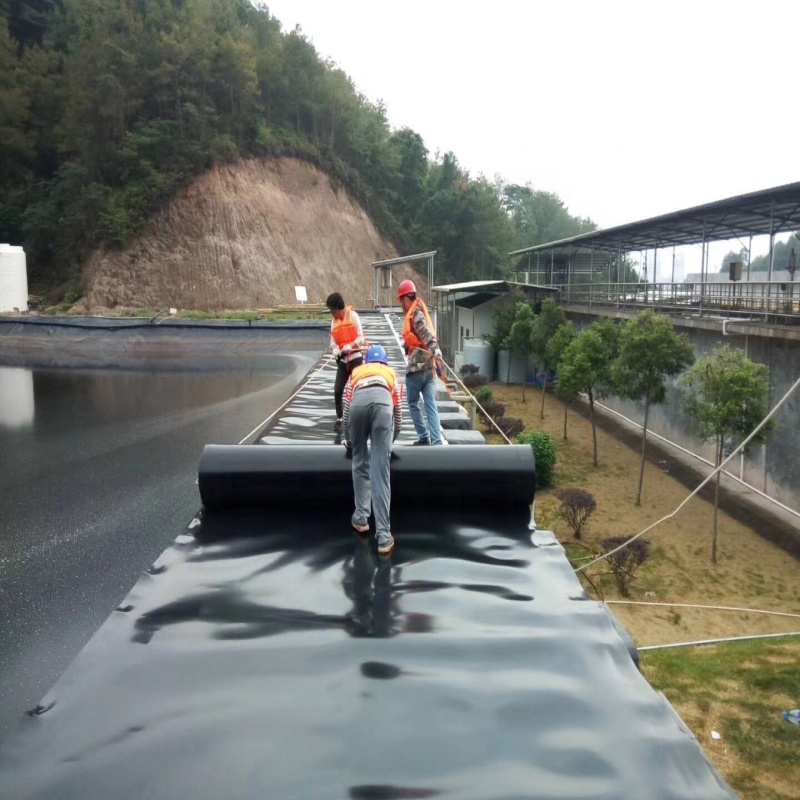
2. Laying of HDPE geomembrane and protective layer Geomembrane laying adopts the order of slope first and then the bottom of the pool. Do not pull too tightly when laying the film, and leave a certain margin for local sinking and stretching. Horizontal joints shall not be on the slope, and shall not be less than 1.5m away from the toe of the slope. The longitudinal joints of two adjacent sheets should not be on a horizontal line, and should be staggered by more than 1m. Do not drag or pull hard during the transportation of the geomembrane to avoid being stabbed by sharp objects. Some temporary air ducts should be pre-laid under the membrane to remove the air under the membrane, so that the geomembrane is close to the base layer. Construction workers need to wear soft-soled rubber shoes or cloth shoes during construction work, and pay attention to the influence of weather and temperature on the membrane.
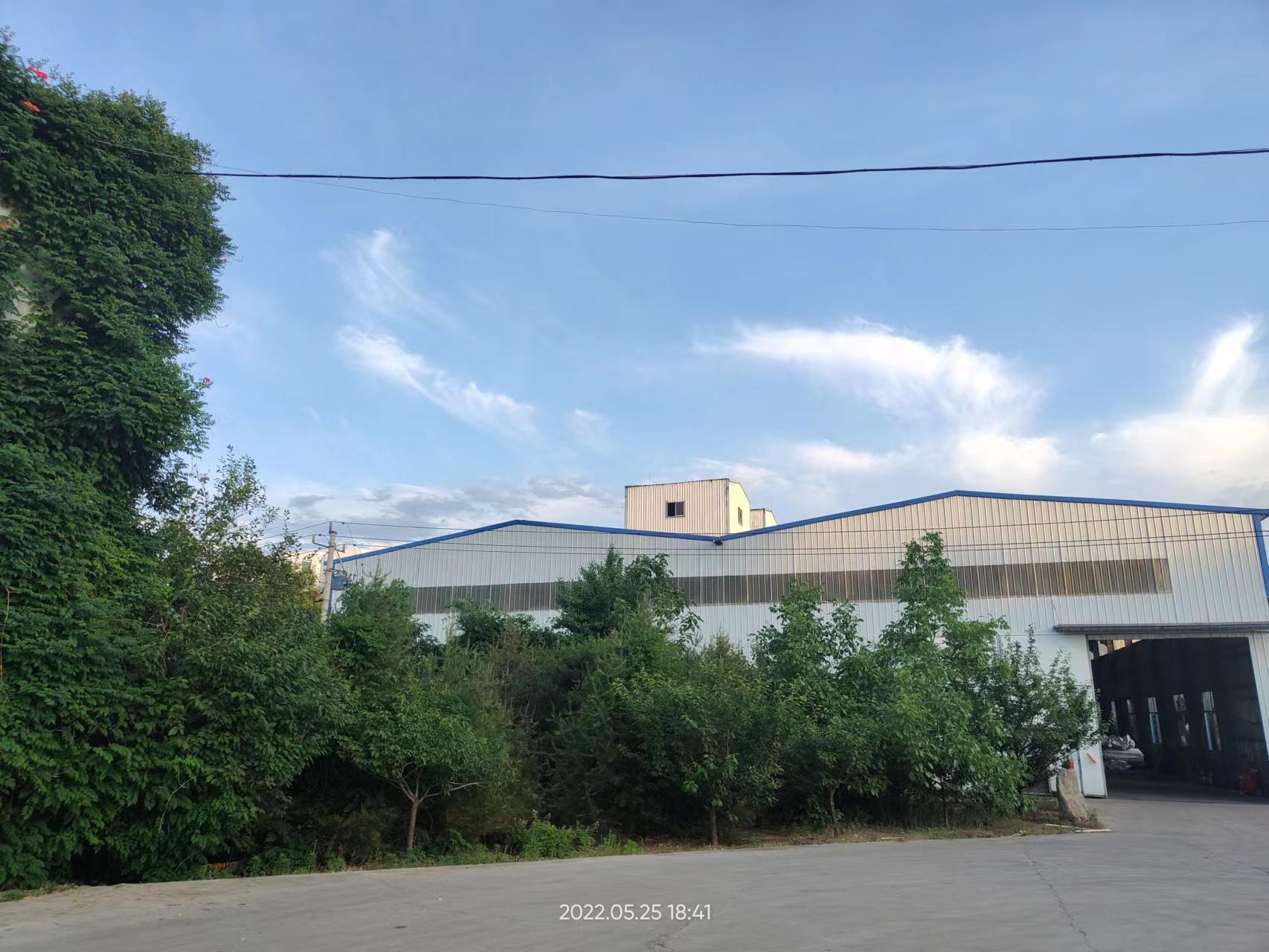
The specific construction steps are as follows:
(1) Cutting geomembrane: The actual measurement of the laying surface should be carried out to obtain the accurate size, and then cut according to the width and length of the selected HDPE geomembrane and the laying plan, and the lap width should be considered for welding. The corner fan-shaped area of the pool body should be cut reasonably so that the upper and lower ends are firmly anchored.
(2) Detail enhancement treatment: Before the geomembrane is laid, the details such as the yin and yang corners and deformation joints should be strengthened first, and double-layer HDPE geomembrane can be welded if necessary.
(3) Slope laying: The direction of film development should be basically parallel to the slope line, and the film should be flat and straight to avoid wrinkles and ripples. The geomembrane should be anchored at the top of the pool to prevent it from sliding down.
The protective layer on the slope is non-woven geotextile, and its laying speed should be consistent with the film laying speed to avoid artificial damage to the geomembrane. The laying method of the geotextile is similar to that of the geomembrane. The two geotextiles are aligned and aligned. The overlap width is generally about 75mm according to the design requirements, and is sewed and connected by a portable sewing machine.
(4) Laying at the bottom of the pool: The HDPE geomembrane is placed on a flat base, smooth, moderately tight, and closely attached to the soil surface to avoid wrinkles and ripples. The two geomembranes should be aligned and aligned. The overlap width is generally about 100mm according to the design requirements, and the welding parts should be kept clean.
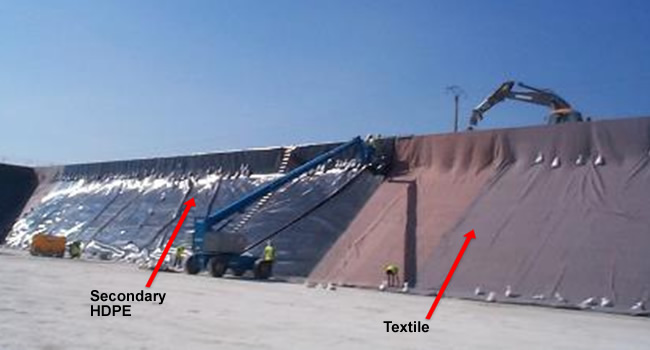
3. Welding and testing of geomembrane
The bonding and welding of geomembrane is the key link to prevent leakage. Hot-melt welding (double-track fusion welding) is often used. It is required that the two geomembranes must be overlapped by more than 100mm before welding.
The specific operation steps are as follows:
(1) Experimental welding. Trial welding shall be performed on HDPE geomembrane specimens and under the same membrane surface and environmental conditions as production welding; experimental welding requires inspection and adjustment of welding equipment; welding equipment and welding personnel are only required to successfully complete the experimental welding Only then can productive welding be performed.
(2) Production welding. First of all, the grease, moisture, dust, garbage and other debris on the surface of HDPE geomembrane should be removed. If there are sundries on the surface of the membrane, the upper and lower membranes cannot be heat-sealed together, which has a great impact on the construction quality. Then adjust the welding machine to the best parameters obtained during the experimental welding, and automatically weld under the condition of the lap width required by the design, and the welding seam is "flat, firm and beautiful". Maintain the welding temperature, speed and pressure of the clamping stick to achieve the best welding effect. Attention should be paid to welding: minimize the welding of side feet and sporadic films; when the ambient temperature and adverse weather conditions seriously affect the welding, the operation should be stopped; if welding at night, sufficient lighting should be ensured.
(3) Weld inspection. The inspection of weld seam is divided into visual inspection, air pressure inspection (non-destructive) and destructive inspection. Visual inspection and air pressure inspection are required for each weld seam, and the qualification rate is required to be 100%. The visual inspection is mainly to carefully check the appearance quality of the weld, the processing of the T-shaped weld and the cross-shaped weld, and the presence or absence of debris at the base. The surface of the weld should be smooth and smooth, with uniform thickness, and there should be no debris and excess solder at the weld, and no damage to the surrounding base metal. Air pressure detection is a non-destructive testing method to judge the quality of welding by checking the air tightness of the weld. The gas with a certain pressure is sealed in the gas chamber, and its air tightness is checked by detecting the change of the pressure gauge attached to the needle.
Destructive testing is to take a 1000mm × 350mm sample for each 1000m weld for strength testing, and the qualification rate is required to be 100%. Defects found in visual inspection and air pressure inspection should be repaired in time, and special marks should be made for those that cannot be repaired immediately to prevent leakage. Holes or pinholes with a diameter of less than 5mm can be spot welded. When the hole is larger than 5mm, apply a 10cm round or oval pad for repair.

HDPE geomembrane warranty:
Our HDPE geomembrane is made of 100% raw material hdpe which is imported from USA company in Middle East. After testing,the quality meets the ASTM standard completely.(0.5 or 0.75mm-thickness is used for pond liner,1.5mm-thickness is used for landfill,2.0mm-thickness is used for dam liner.)
Such as 0.35mm from some suppliers,its service life is 3 years.
But GERUI 0.35mm geomembrane has 5 years warranty,can be used for 5 years.
Such as 0.5mm from other suppliers,its service life is 5 years.
But GERUI 0.5mm geomembrane has 8 years warranty,can be used for 8 years.
How long does geomembrane last?
Durability testing completed in laboratory and field conditions estimates that an HDPE geomembrane can have a service life (50% degradation) of over 400 years.
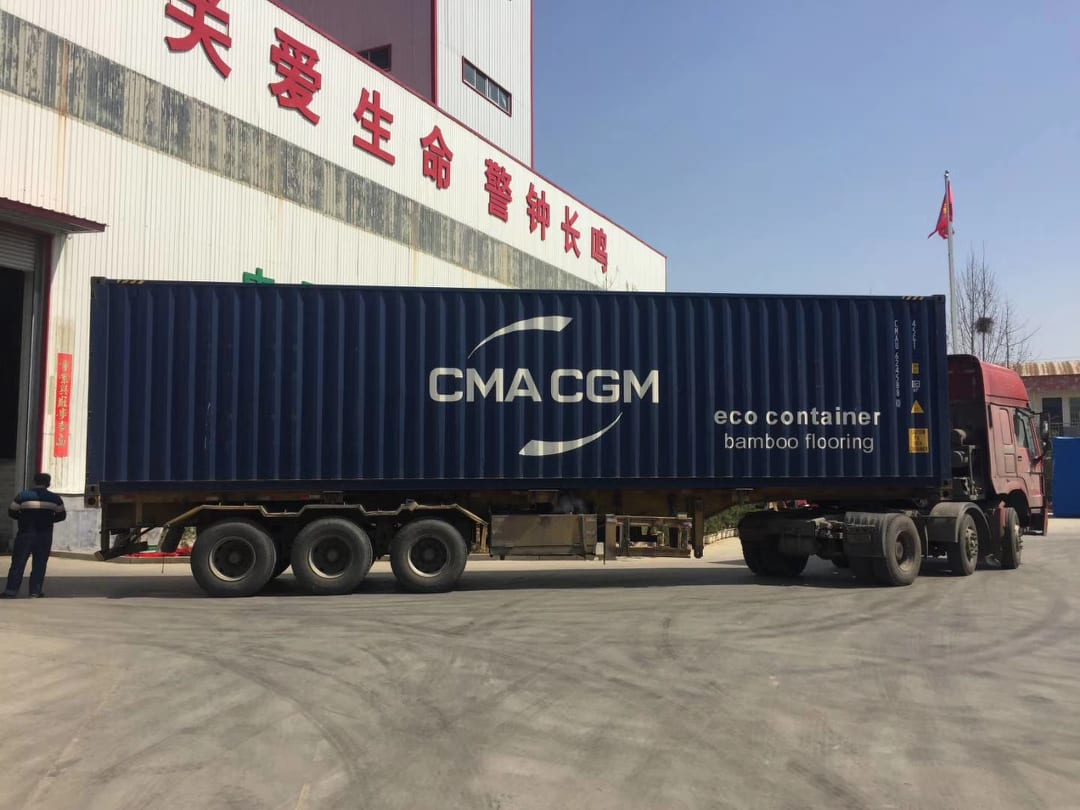
How is geomembrane manufactured?
HDPE geomembrane is produced from high density polyethylene resin by film-blowing process, adding carbon black, antioxidant, anti-aging and UV-resistance component. Now it is the most widely used products for solid waste containment (such as landfill liners), mining and water containment applications.
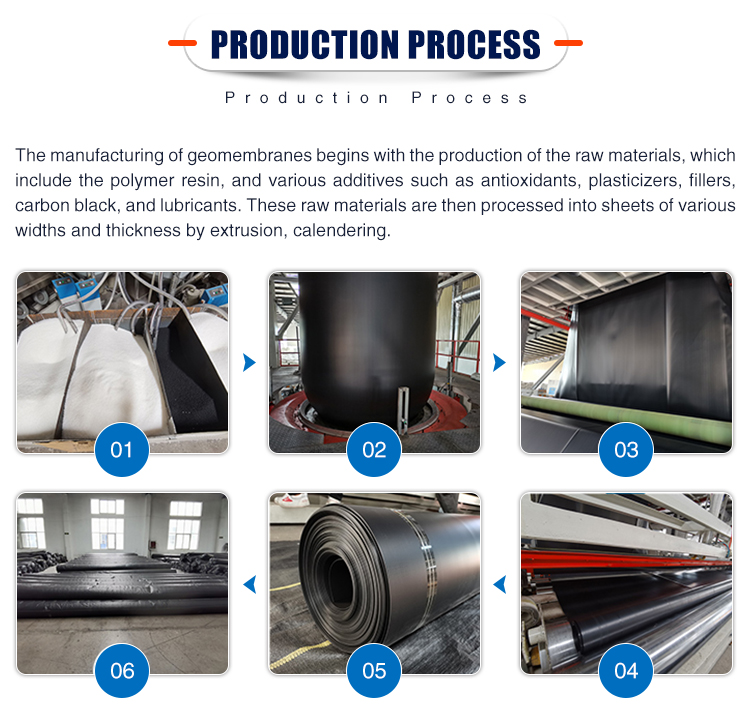
As a manufacturer of hdpe geomembrane China,GERUI group is the leading geosynthetics manufacturer dedicated in supplying one stop geosynthetic products and solutions to worldwide customers since 2006. We have over 350 professional staffs and 30,000 square meters manufacturing factory equipped with state of the art geosynthetic production lines and testing equipment. Product innovation, quality assurance and customer satisfaction are our long term commitment to our partners.
High density polyethylene geomembrane liners of GERUI group had been certificated by the ISO9001, ISO14001, Soncap, SASO and BV certificates and passed the test of SGS and Intertek etc. Product innovation, quality assurance and customer satisfaction are our long term commitment to our worldwide customers. Hope to be your partners.




